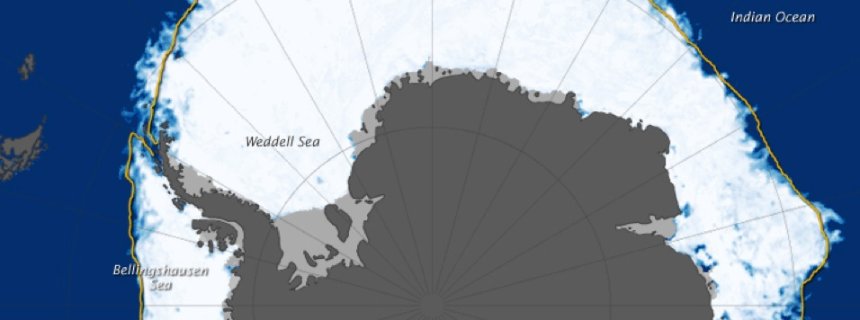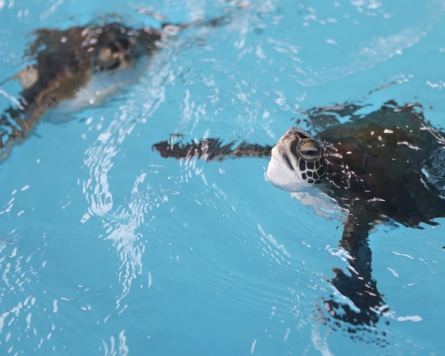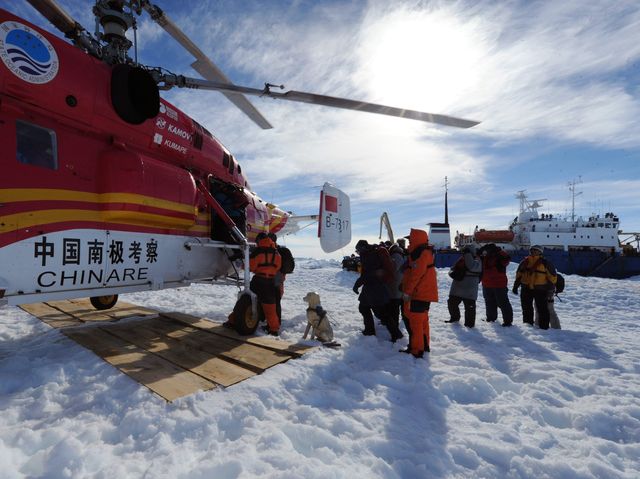Yet another global warming expedition gets trapped in icebound ideology
Antarctica: The extent of sea ice (white) reached a record on 22 September, 2013. The yellow line shows the median of 1981 to 2000. Ice shelf is shown in gray.
Will global warming alarmists ever set aside their hypotheses, hyperbole, models and ideologies long enough to acknowledge what is actually happening in the real world outside their windows? Will they at least do so before setting off on another misguided adventure? Before persuading like-minded or naïve people to join them? Before forcing others to risk life and limb to transport - and rescue - them? If history is any guide, the answer is: Not likely.
The absurd misadventures of University of New South Wales climate professor Chris Turney is but the latest example. He and 51 co-believers set out on the (diesel-powered) Russian charter ship
Akademik Shokalskiy to prove manmade global warming is destroying the East Antarctic ice sheet. Perhaps they'd been reading Dr. Turney's website, which claims "an increasing body of evidence" shows "melting and collapse" across the area. (It is, after all, summer in Antarctica, albeit a rather cold, icy one thus far.)
Instead of finding open water,
they wound up trapped in record volumes of unforgiving ice, from Christmas Eve until January 2 - ensnared by Mother Nature's sense of humor and their own hubris. The 52 climate tourists were finally rescued by a helicopter sent from Chinese icebreaker Xue Long, which itself became locked in the ice. The misadventurers were transferred to Australian icebreaker
Aurora Australis, but the
Shokalskiy remains entombed, awaiting the arrival of US Coast Guard icebreaker
Polar Star. (Meanwhile, Tourney hopes to get more grants to study manmade global warming, to help him make more money from his Carbonscape company, which makes "green" products from CO2 recovered from the atmosphere.)


